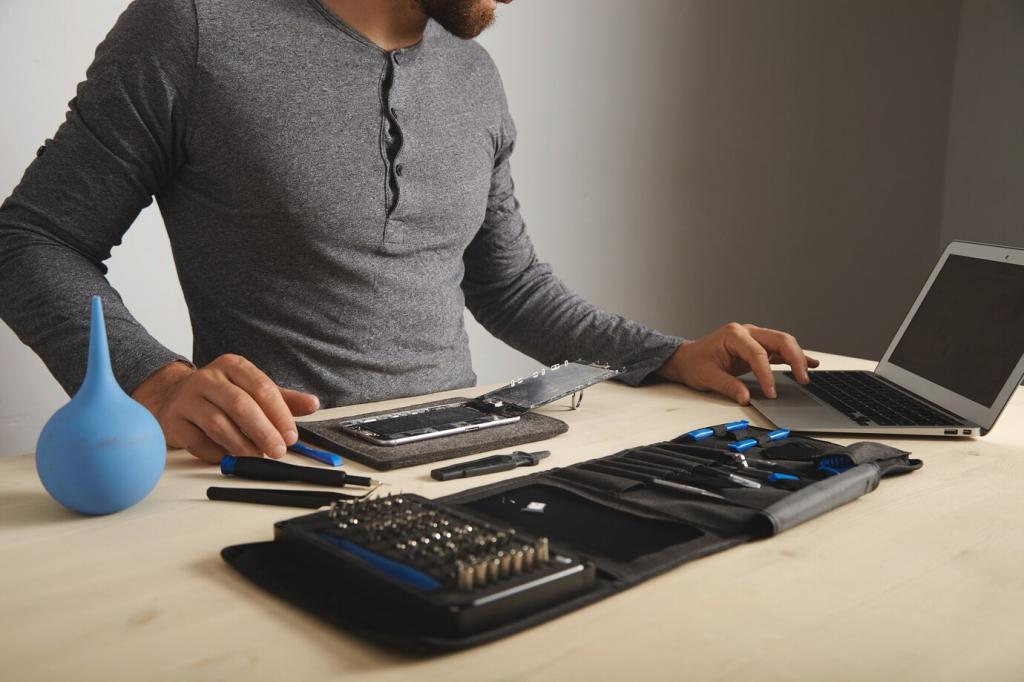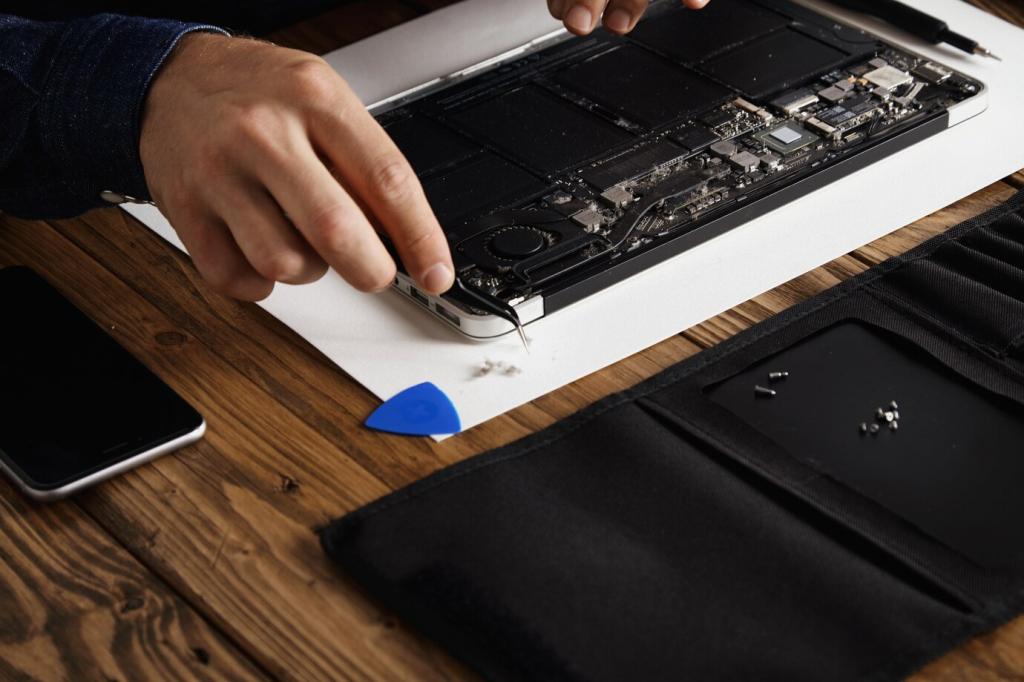Start Smart: Establishing a Reliable Baseline
Use consistent test scenes, locked game versions, and identical settings across runs. Pair built-in benchmarks with gameplay captures using tools like CapFrameX or MSI Afterburner to log frame times. Share your baseline numbers in the comments so we can help spot bottlenecks together.
Start Smart: Establishing a Reliable Baseline
If GPU usage dips with low CPU thread activity, you are likely CPU-bound. Spiky frame times often point to background tasks or memory issues. Compare average FPS to 1% and 0.1% lows to see whether smoothness, not only peak frames, needs attention.
Start Smart: Establishing a Reliable Baseline
A reader chased microstutter for weeks until we noticed RAM running below rated XMP speed. Enabling the profile and trimming background updaters improved 1% lows by nineteen percent. Tell us your stubborn stutter stories—your fix might help someone else today.
Start Smart: Establishing a Reliable Baseline
Lorem ipsum dolor sit amet, consectetur adipiscing elit. Ut elit tellus, luctus nec ullamcorper mattis, pulvinar dapibus leo.








